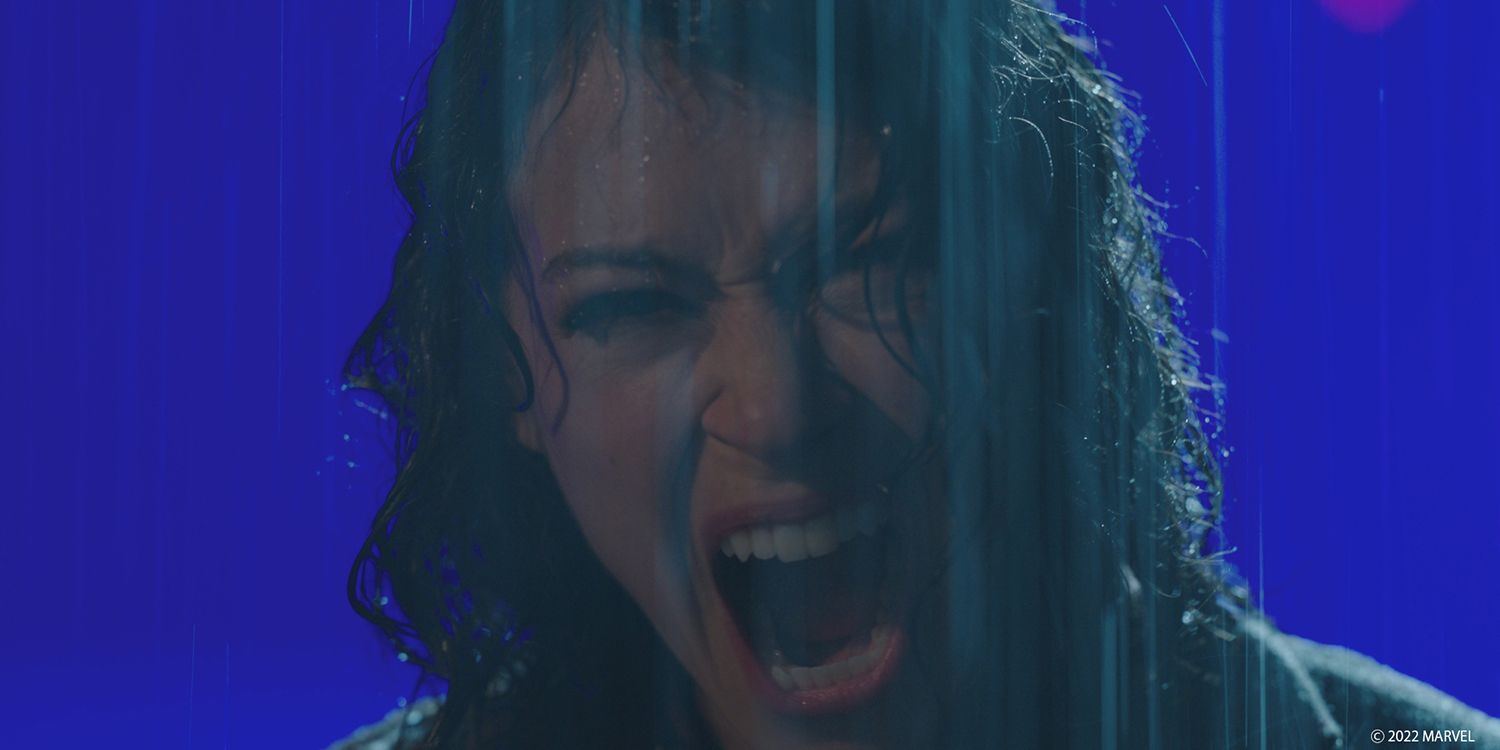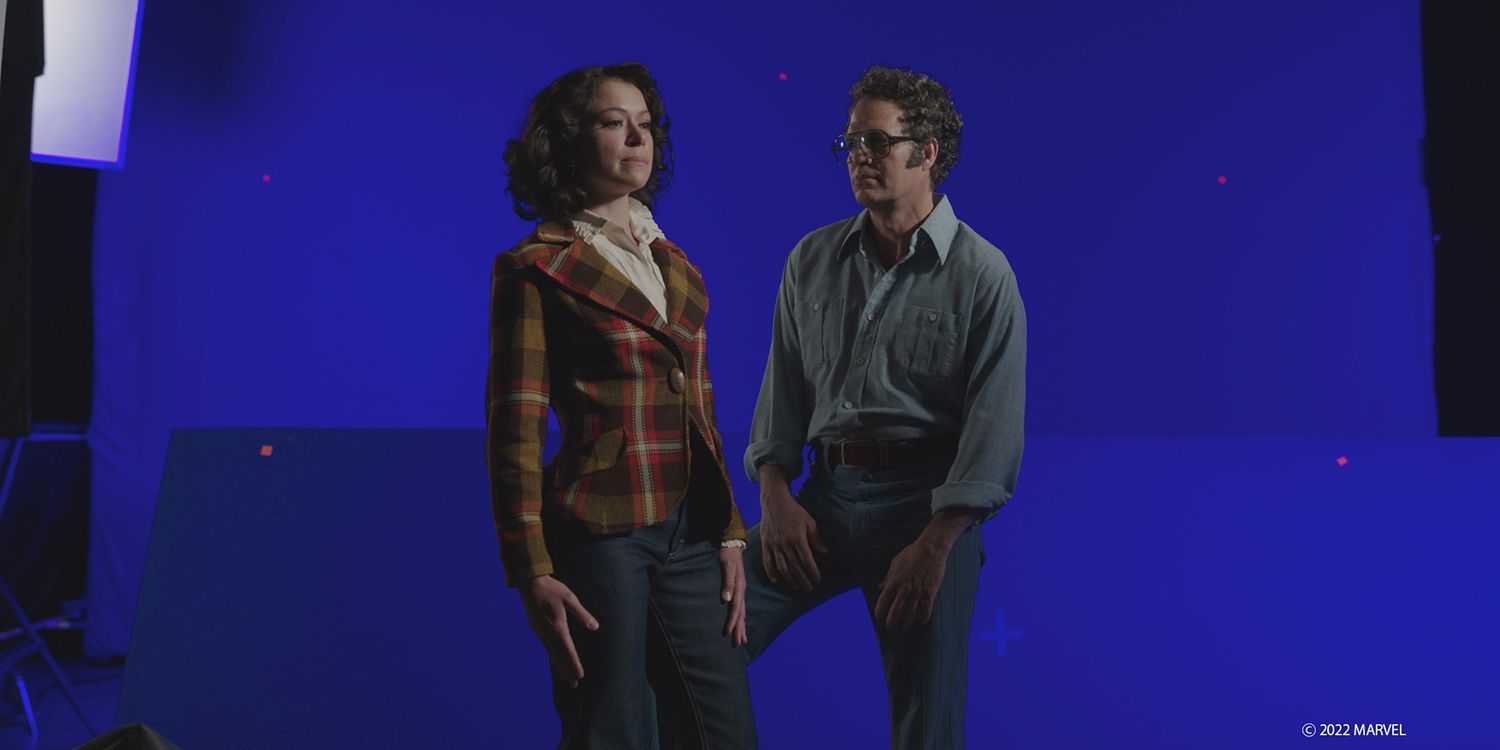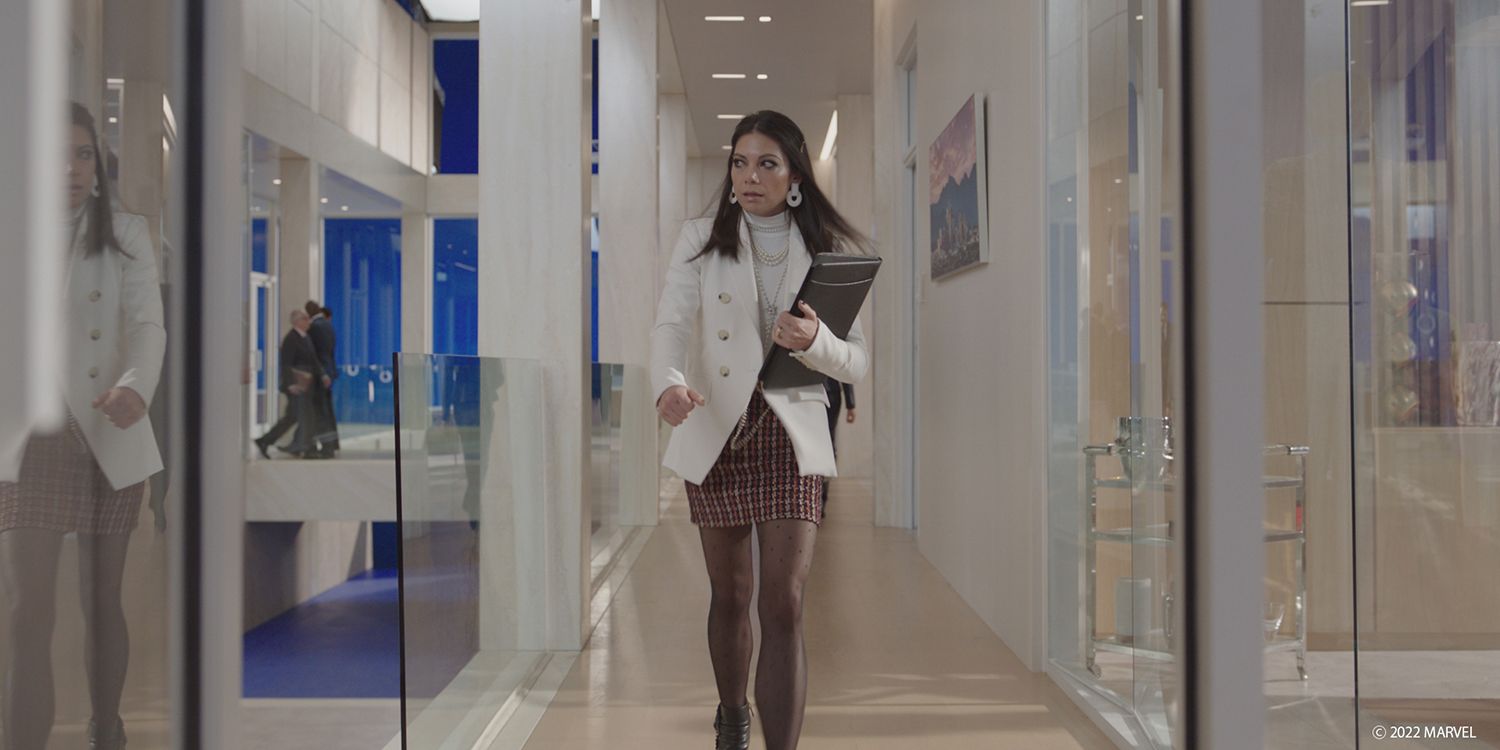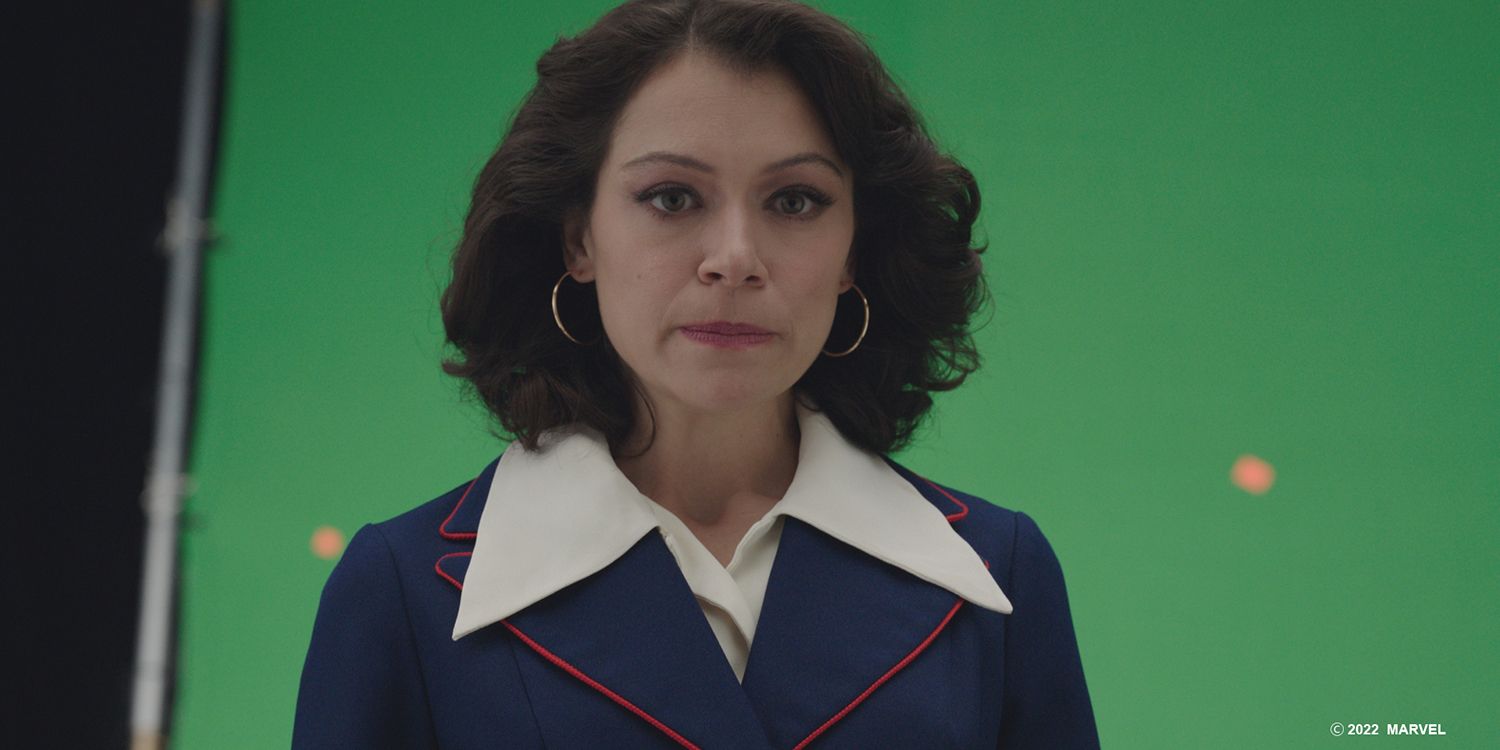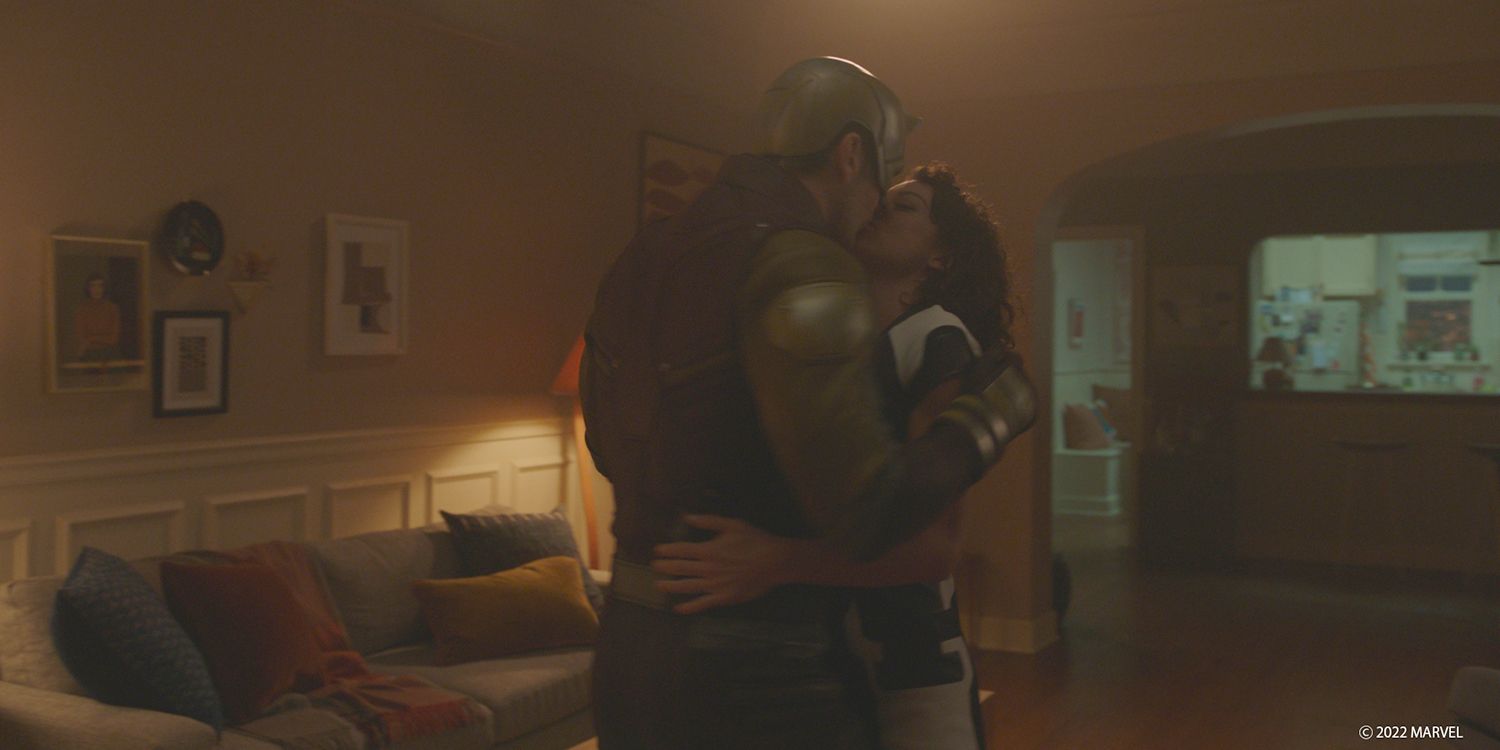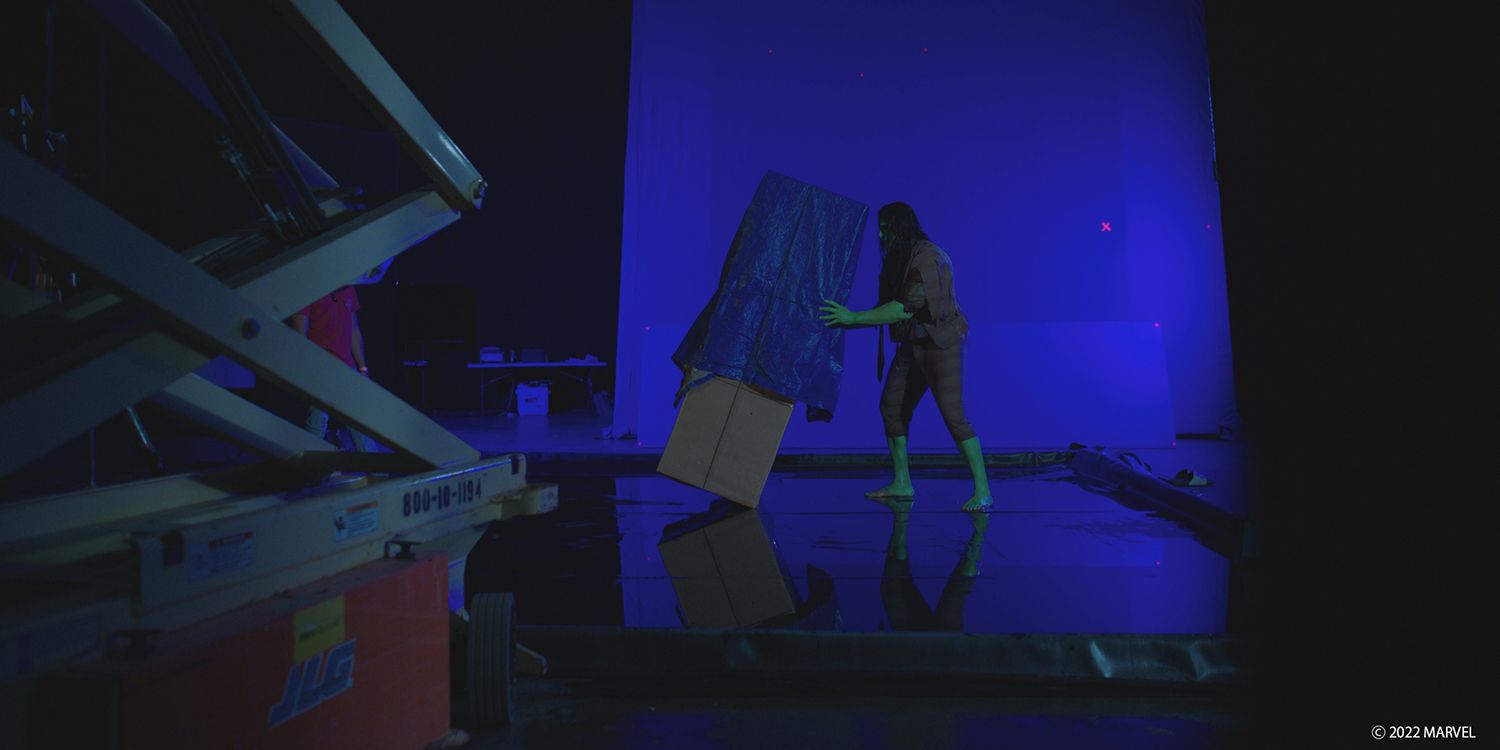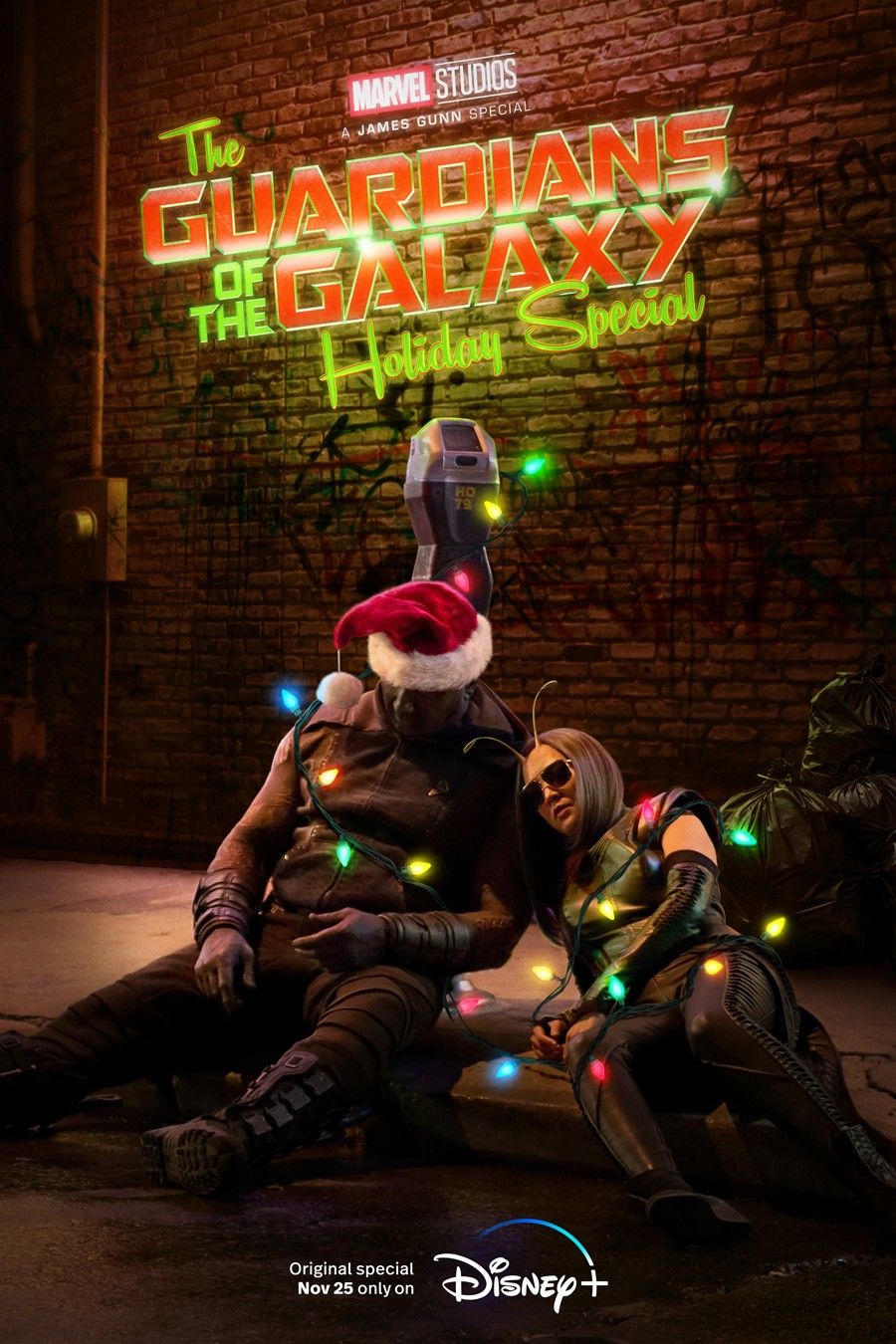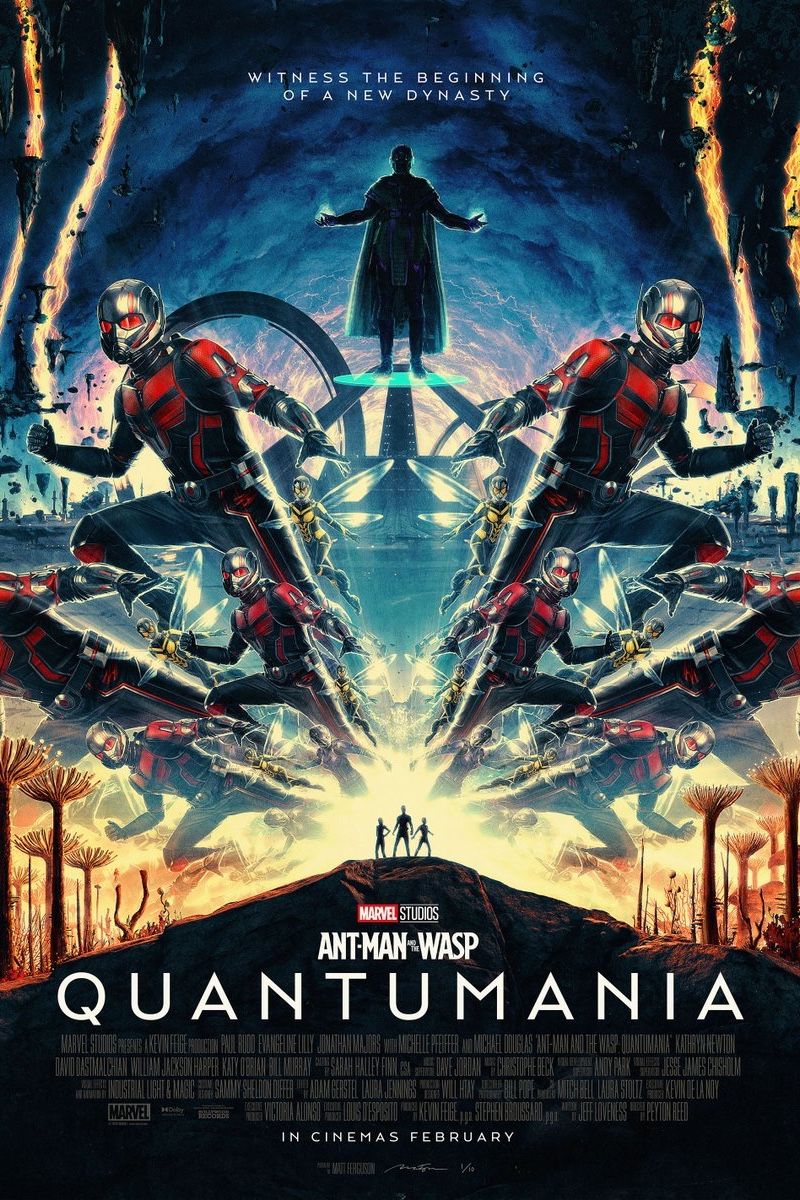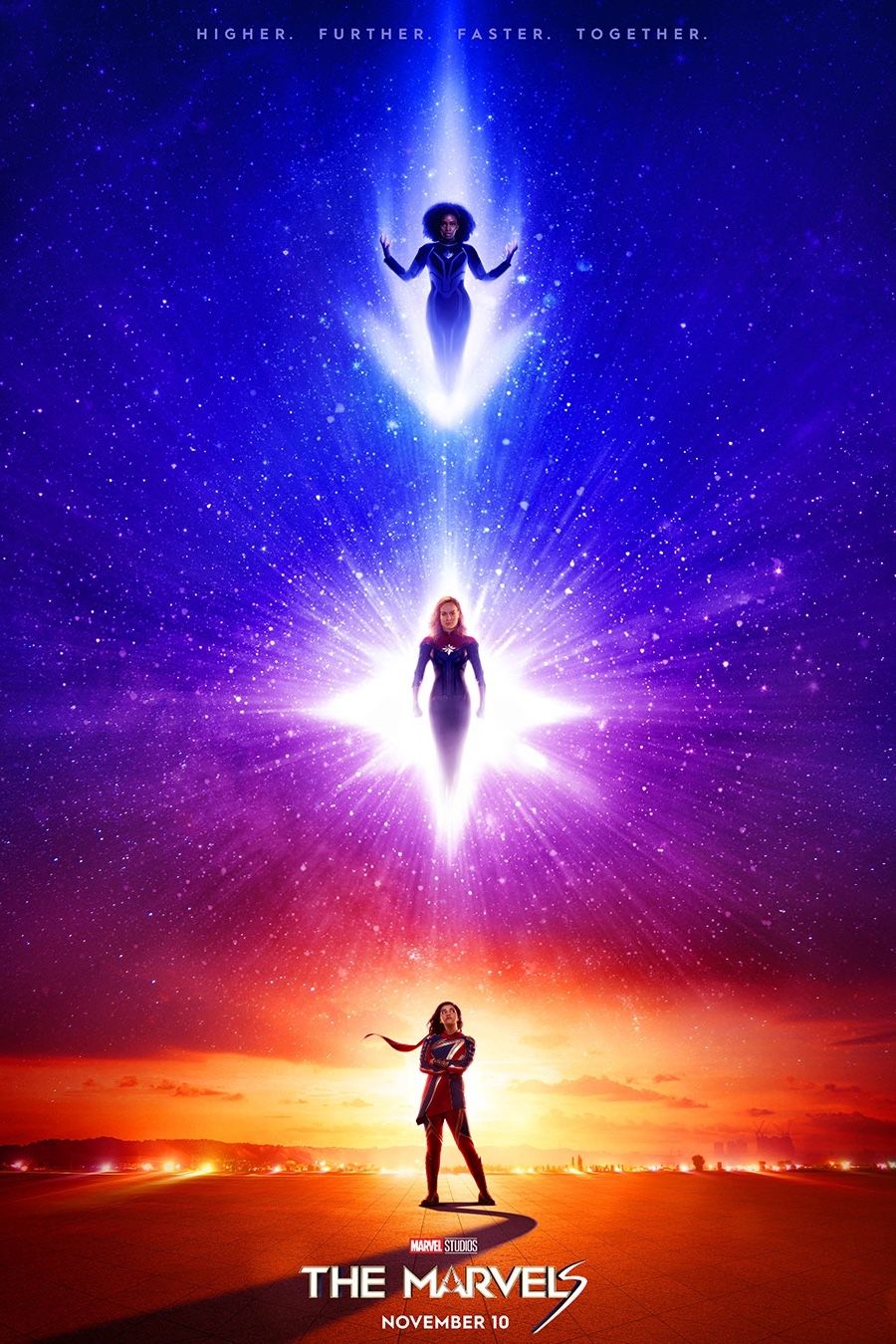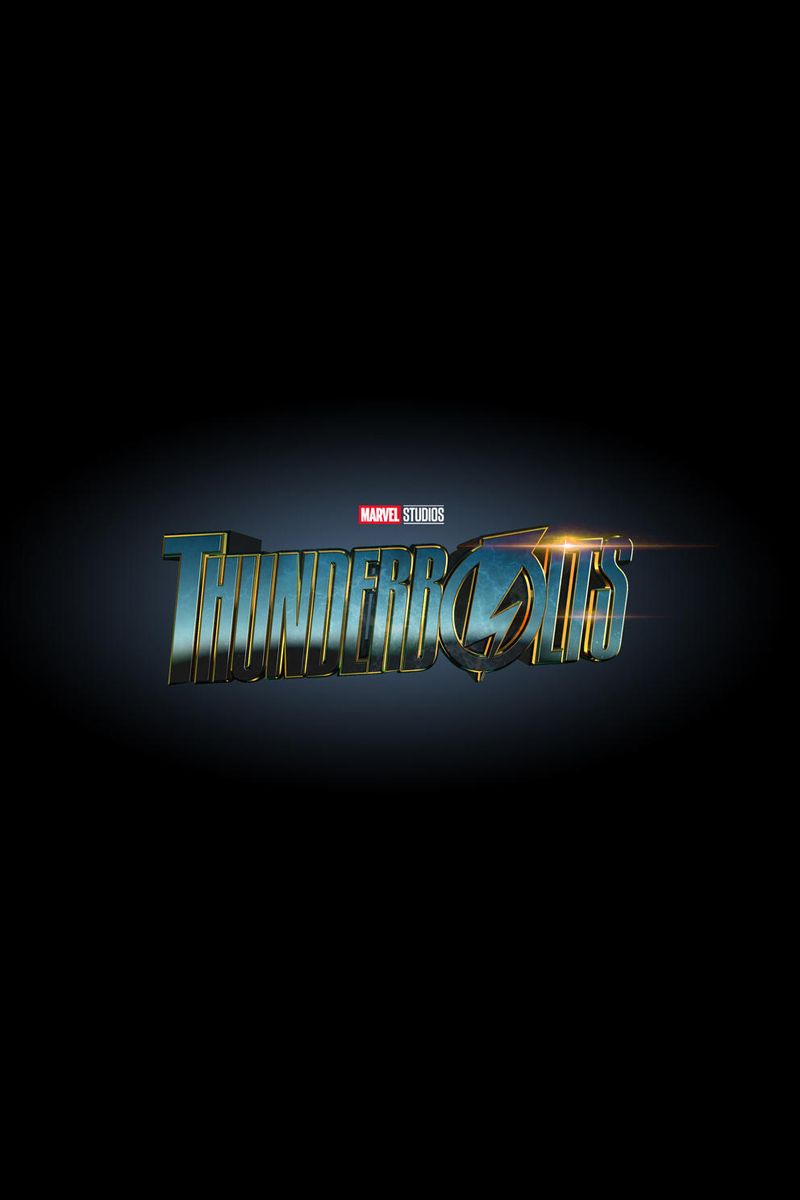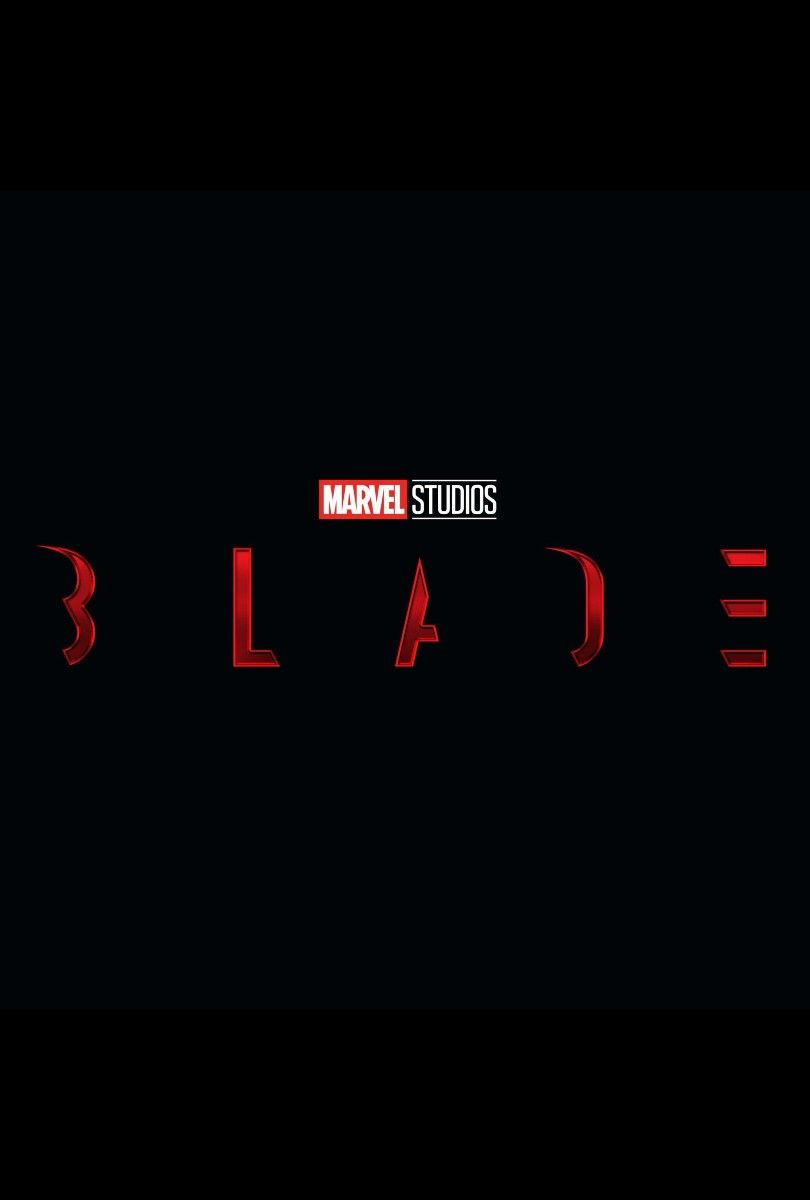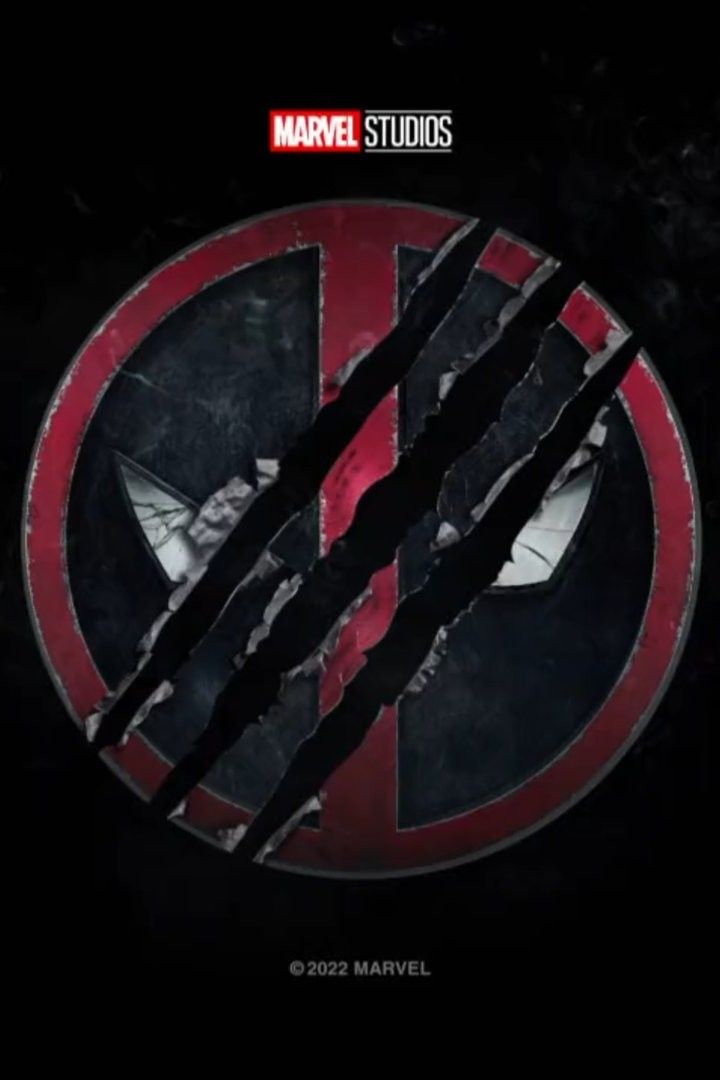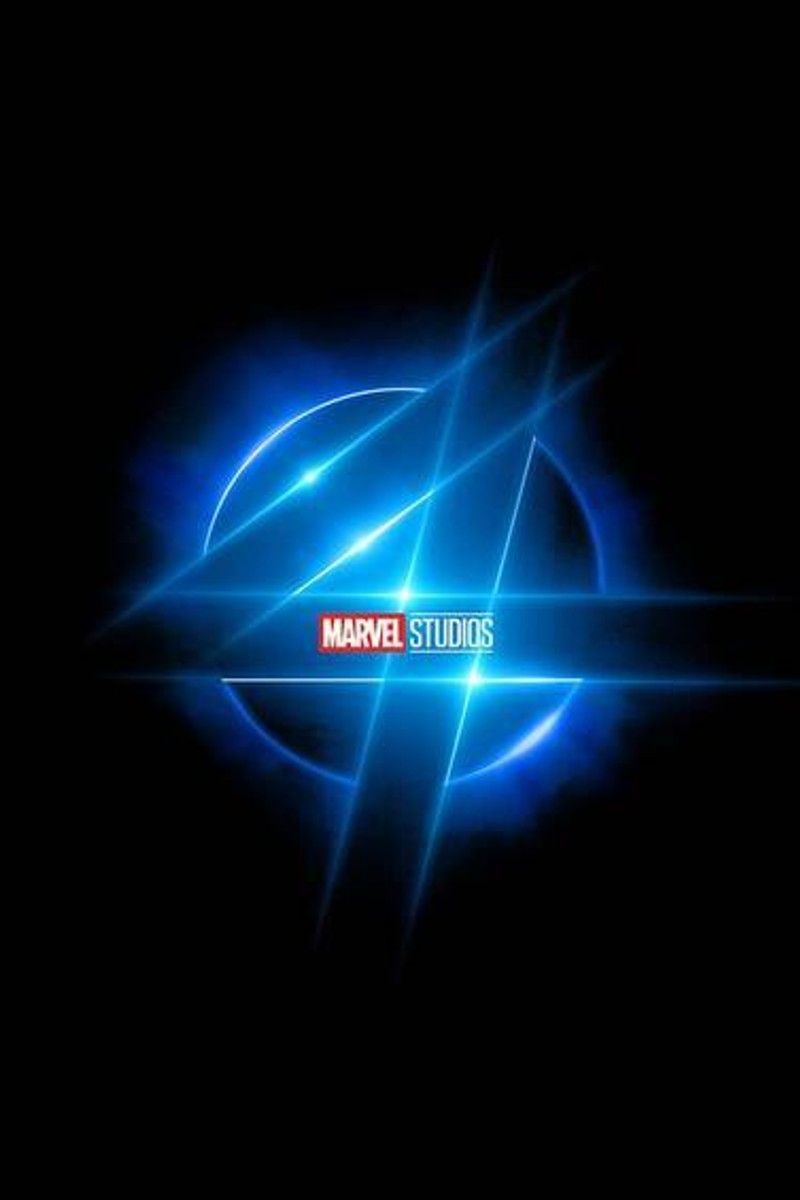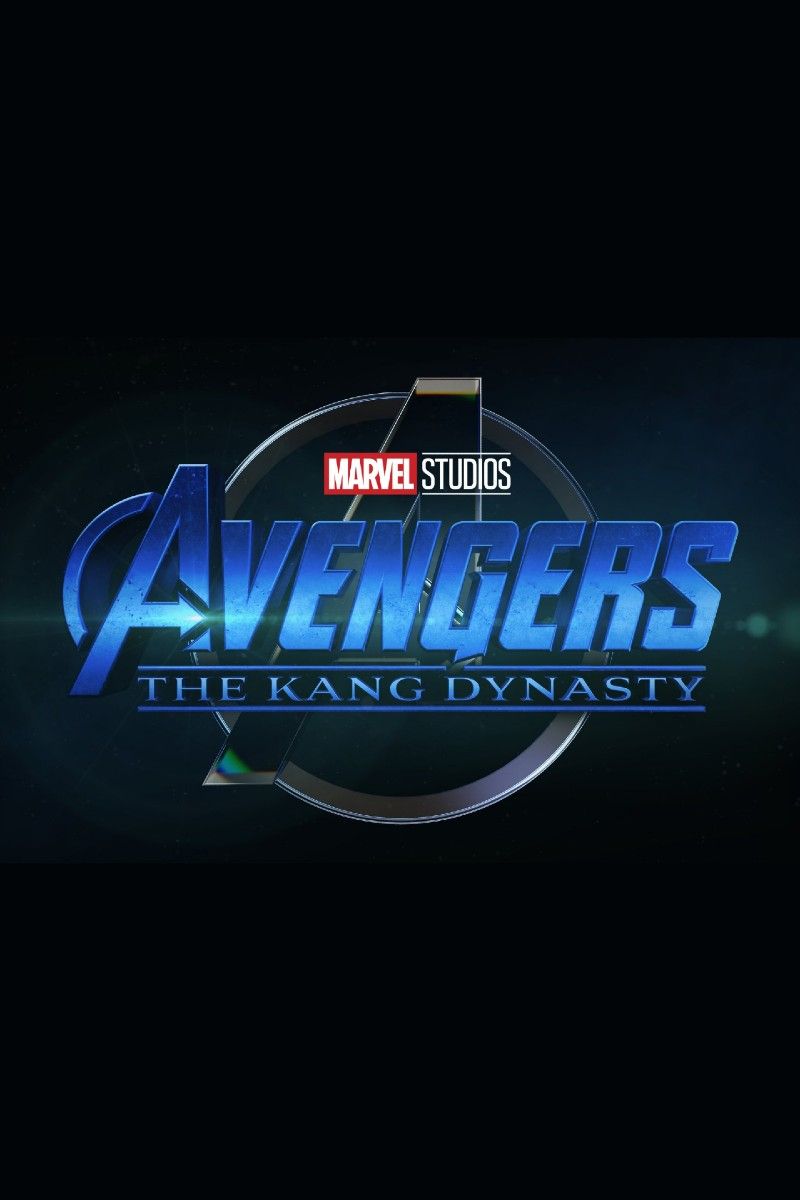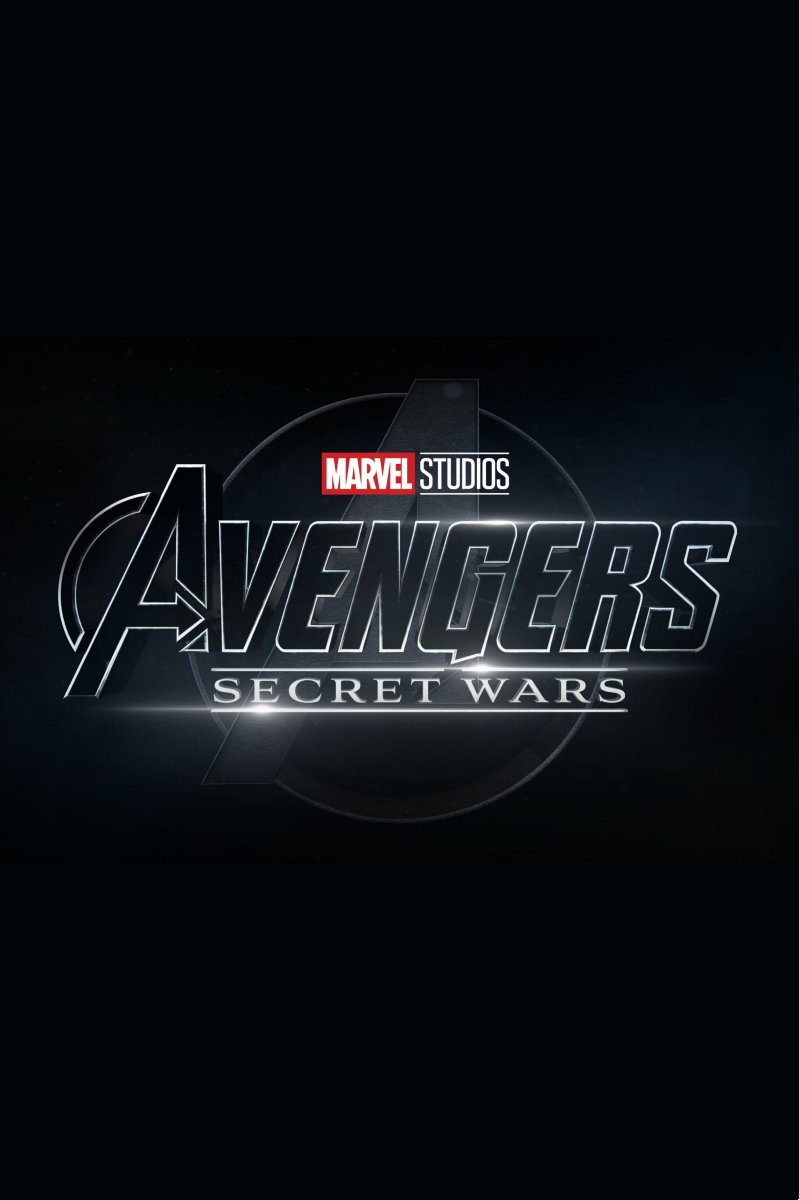The Marvel Cinematic Universe is going green with She-Hulk: Attorney at Law. The Disney+ series explores the origins of Jennifer Walters, Bruce Banner's attorney cousin. After his blood intermixes with hers, it turns her into the titular heroine, forcing her to find a balance between her life as a lawyer and her superhero life.
Tatiana Maslany leads the cast of She-Hulk: Attorney at Law alongside Jameela Jamil, Ginger Gonzaga, Mark Ruffalo, Josh Segarra, Tim Roth, Benedict Wong, Renée Elise Goldsberry, Jon Bass, Rhys Coiro, Patti Harrison, and Charlie Cox. Bringing a fourth-wall-breaking and formula-shifting approach to the MCU, the series proves to be equal parts hilarious and thrilling.
In honor of the show's recent finale, Screen Rant spoke exclusively with FuseFX VFX Supervisor Josh Galbincea to discuss She-Hulk: Attorney at Law, his team's past work with Marvel, his excitement about recreating The Incredible Hulk opening, and more.
Josh Galbincea on She-Hulk: Attorney at Law
Screen Rant: I loved She-Hulk from start to finish, and I thought the show was phenomenal throughout. How did you and your team come to be a part of the She-Hulk visual effects team?
Josh Galbincea: FuseFX has developed a great relationship with Marvel on past shows, like Agents of Shield and Loki, and have quite a few future projects in the works. She-Hulk was shot out here in Atlanta, so it just made sense to bring on the FuseFX Atlanta location to help with the show. I, and the crew at our Atlanta location, were newer to the project, but many of us hailed from the LA office. So, it's just all one big family; we put our names out there and we’re ecstatic we landed it.
We were thrilled to work alongside overall supervisors Dadi Einarsson and Shannon Justison in bringing our sequences to life. And I was fortunate enough to lead a team of extraordinarily talented artists at FuseFX.
I know there are different teams handling different effects throughout, and I believe you handled the set extensions, especially in regard to She-Hulk appearing in locations. Can you talk a little bit about what you and your team brought to the show specifically?
Josh Galbincea: Yes. We worked on various set extensions. We also recreated the opening title sequence of the original Incredible Hulk TV show. Marvel got film scans of the original Incredible Hulk TV show from the 1970s with Bill Bixby. It's a shot-for-shot of the original TV show. We took those original film scans from Marvel, digitally painted out Bill Bixby's Bruce Banner, and then replaced him with Jennifer Walters. We incorporated her into the original footage, which was fun! We had to make it all older-looking, 16mm film style.
We also did a few larger CG shots, such as Mr. Immortal when he jumps out of the window of the law office, which was an entirely CG pane of glass that he jumps through, and when he lands, the camera pulls back, as he gets off the car, that was all CG glass on the ground. So, we did some CG glass and sim work on that. Then, we received a shared CG asset for Daredevil's cowl. Daredevil wasn't wearing his cowl, so we did a CG cowl under the helmet and shirt, along his neckline, and we had to integrate that in as realistically as possible with the live-action footage. We did a cloth sim, so it looks like everything is just one cohesive costume.
Most of our work was set extension, so anytime you're inside Jen Walters' apartment or the law offices, it is blue screen. Nothing was shot on location; they were sets that were built. I would guess that about a third of the show takes place in her apartment or in the law offices, so anytime they're inside those two locations, we did a large portion of that work. Do you want me to get technical? Can I go technical a little bit?
I'd love to hear it!
Josh Galbincea: Marvel provided what are called spherical HDRIs, which are High Dynamic Range images, where they take a full 360 [image]. They went to downtown Los Angeles, to the top of a building, and got a full aerial wrap-around, so for us, it was important to create and make a cohesive north, east, south and west. Because, you have different offices in the law office, you have the conference room, you have Jen's office, you have all these different offices. So, when we take place in all those different offices, what we did is take their 3D wraparound, high-dynamic-range image, and then we got a downtown Los Angeles 3D model, and we kind of set up "Okay, if the building was plotted right here, which offices would face north, east, south and west?"
And then we took their 3D HDRI, and then kind of rotated that and made sure that it lined up, and that it was very cohesive. So, every time you're in Jen's office, you're seeing one direction, north or east, anytime you're in the conference room, you're looking out towards the same set of buildings in downtown Los Angeles. So, it was very much rooted in realism, if that building was there, and they were on that floor, and looking out in those directions. It's little things like that that are the invisible effects, but you don't notice, and there's so many of them that it just kind of passes you by, but it's important to tell the story.
I'll just answer this preemptively, as someone previously asked me, "Why blue screen, why not shoot in an actual building or something like that?" I think there's pros and cons to each, but I think the biggest part about blue screen as opposed to on-location, or even LED screen technology, is if you can pull a key, you can always art direct your background after the fact. Whereas, if you're doing an LED screen, or shooting on-location, you're stuck with what you have, and if you want to fix it, it becomes very time-consuming and expensive. They could change the lighting on set, which is good for production and we could match to it in post.
Then, we can make further changes when they request, "Oh, we want to move the skyline a little bit, "or" This building doesn't look really good, it's kind of poking out of somebody's head, let's just rotate the background a little bit and kind of give it a better composition." So that’s another reason why it's cool to have that kind of approach towards it, so you can art direct your shots, which we all know Marvel is all about making things compositionally perfect. So, it was really cool to be a part of that.
It sounds like a lot of the focus was on the office. Did you have a specific "set" that you enjoyed working on the most?
Josh Galbincea: For me personally, the thing that I enjoyed working on the most was the actual opening of the final episode. For Marvel, that was a love letter to the original TV show, and for me, I am old enough to remember watching the reruns in my grandparents' living room growing up as a kid in the 80s. I was a huge Marvel and DC fanboy in my youth, so that was really cool to be part of a sequence like that, that was hyper-stylized, it looks like it was shot on original film.
Back then, as the film goes through the cameras, it's mechanical, so you get that little stutter that happens called gate weave. You get a lot of grain, a lot of pops and hits on the film, and stuff like that. To be part of a sequence like that is such a callback for fans, that no one was expecting is really an honor. In the last episode, the She-Hulk meta comes to full fruition, looks at the camera, and does that throughout, but she breaks out the fourth wall and goes into Marvel Studios. So, that opening sequence plays into that, as well because it's a weird alternate-reality opening. It was highly creative, and a blast to be a part of and take that whole thing home for them.
I loved that sequence, I remember when I first heard it was coming, I was like, "Oh, that's gonna be great." Who presented that idea? Was it Marvel, was it Kevin Feige, was it Jessica Gao?
Josh Galbincea: I'm not sure who presented the idea. It was already a baked idea when it got to us. But, I can tell you that it was no easy feat for them to get the 16mm original film scans because that was shot in 1977, I think, when the original came out. So, that's over 40 years old of film, and they put it in vaults and stuff, but film degrades over time, and a lot of that stuff can get lost. So, they decided to do it, and it was always a part of the last episode. They provided film scans early on, so it was a decision that was made in writing or early on in that timeline there.
You've worked with Marvel before, and I love that the show has so many other Marvel characters involved in it. As you say, visual cohesion is not only important to this show, but to Marvel as a whole. What was it like for you finding that perfect balance, especially with characters like Wong and Abomination?
Josh Galbincea: I can only speak to this as a fan because, technically, FuseFX did not do work on the character designs for She-Hulk, the original Hulk, or Abomination. I think Marvel has worked very hard to develop and stick with a visual style, and you can see that through all of their films; even the characters' magic has a unique voice and style. Not only do Wanda and Dr. Strange have different types of magic, but they all feel like they're under one roof. So anytime we VFX professionals have an opportunity to play in the space, we need to stay true to the designs, but Marvel is very receptive and collaborative to ideas.
Even characters like Daredevil got a little bit of an upgrade in his suit, but it's still Daredevil. It's not necessarily the 1980s fully red suit, but it's still a good mix of the original suit and stuff like that. So, as a VFX studio, all we want to do is stay true to what Marvel wants to do. We can put our flair or our spin on it. Even before the first initial frame gets shot on any episode, Marvel has done visual development, both in traditional 2D renderings, drawings, and concept design, all the way to 3D designs and renderings for directors to look at and see. Ultimately, all of that has to get signed off, but they do such an excellent job of presenting and giving us the things to then make; they have a strong vision.
As with any production there are things that discovered in post, two interesting puzzles we were able to help solve were some set designs in the office as well as the functionality of Daredevils helmet attachment. For instance, when Nikki is in her office, and she's talking, there are the set extensions that we had on the set, you have these pillars that run up along the wall. They were initially going to have glass windows on the second floor. But Marvel decided they didn't want to have floors above them, so it was on us to figure out, "Okay, so how do we fill this in, fill in the blue screen glass windows above, and make them look like a continuation of the building?"
We did our digital matte painting of the wood slats in the office and some marbling, and we went through a few different iterations before we found something they ultimately liked. Another thing was digitally adding Daredevil's cowl, there's a scene where Daredevil and Jen are kissing when they come back to her apartment, and she pulls off his helmet. We've never seen what that cowl looks like as it slips up underneath his shirt. So, we asked, "Do you want it to split in the back? Do you want it to be zippered up in the front or come along the side, like the cool design?" And they asked us to present some options and trusted us to come up with the best solution. So, we tried a few different things and presented it, and luckily, we nailed it on the first try. But yeah, that's the kind of stuff that becomes collaborative.
I look forward to you guys having more. Josh, thank you so much for taking the time to chat.
Josh Galbincea: Thank you for the chat! I'd like to say I really enjoyed how She-Hulk broke the 4th wall, the humor and the representation on screen were some of our favorite things about the show. It was refreshing. We'd love to see and be a part of She-Hulk Season 2!
Fingers crossed!
About She-Hulk: Attorney at Law
In Marvel Studios’ “She-Hulk: Attorney at Law,” Jennifer Walters (Tatiana Maslany)—an attorney specializing in superhuman-oriented legal cases—must navigate the complicated life of a single, 30-something who also happens to be a green 6-foot-7-inch superpowered hulk.
The nine-episode comedy series welcomes a host of MCU vets, including Mark Ruffalo as Bruce Banner/Hulk, Tim Roth as Emil Blonsky/Abomination, and Benedict Wong as Wong, as well as Jameela Jamil, Josh Segarra, Ginger Gonzaga, Jon Bass and Renée Elise Goldsberry.
Check out our previous She-Hulk interviews here:
- Tatiana Maslany (Post-Finale)
- Ginger Gonzaga
- Jessica Gao (Post-Finale)
- Kat Coiro (Post-Finale)
- Tim Roth
- Jon Bass
- Malia Arrayah
She-Hulk: Attorney at Law is now streaming on Disney+.

